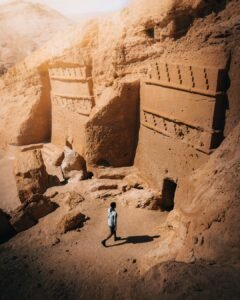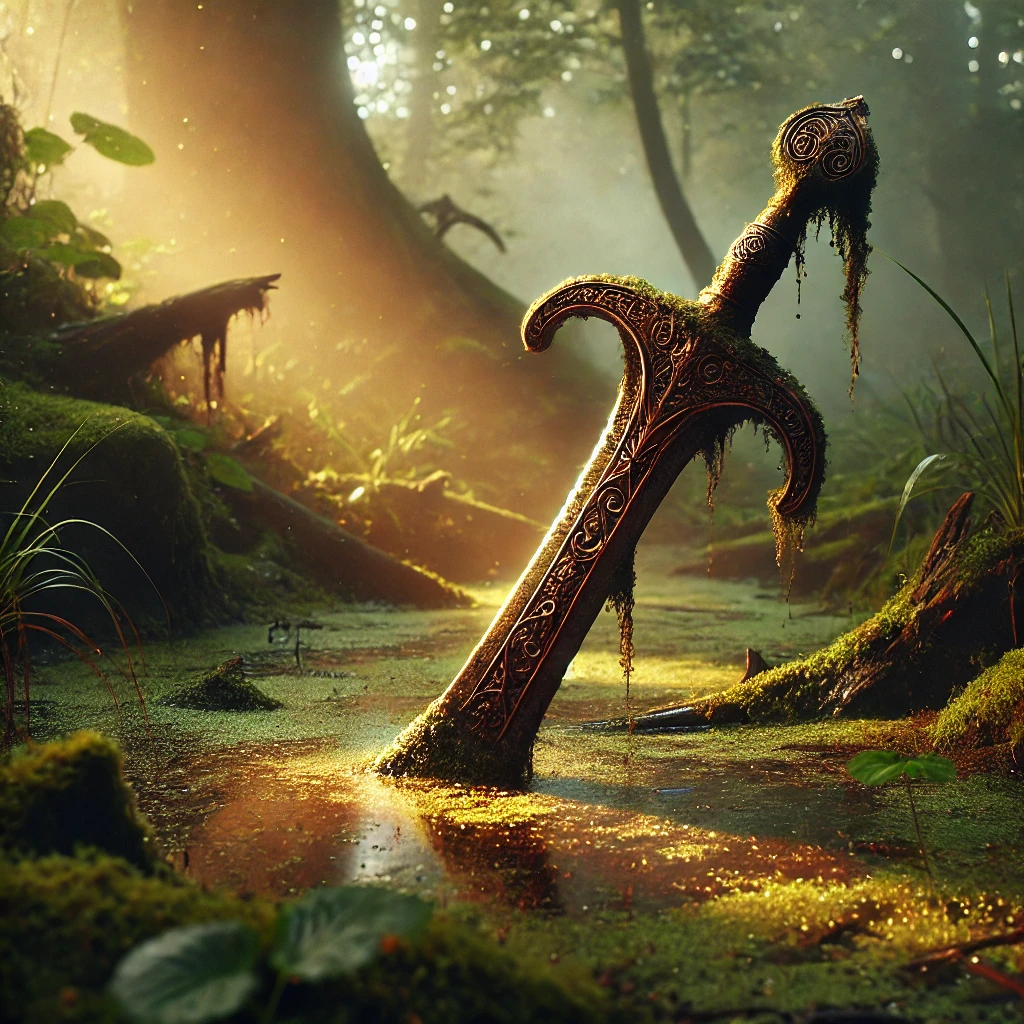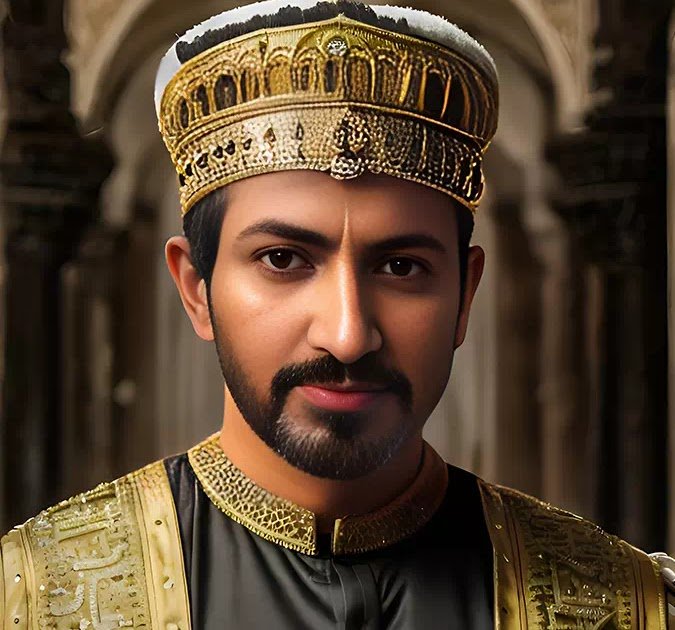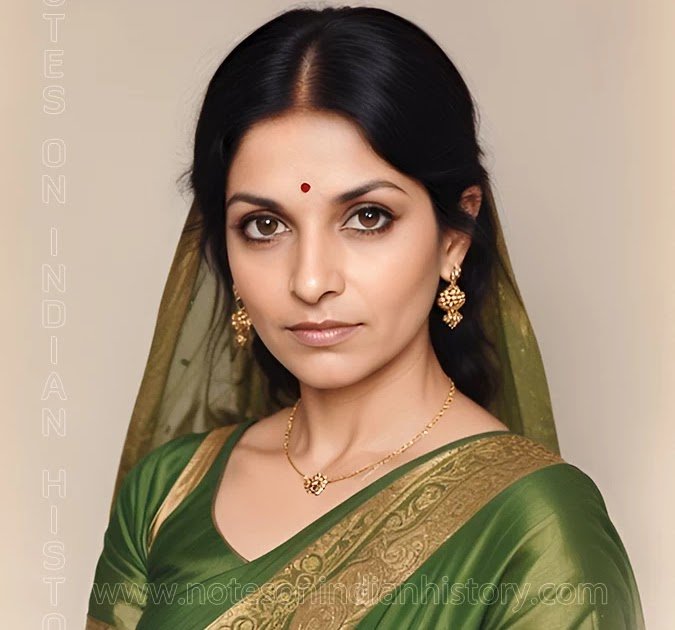In today’s post we will learn about the history of India. till Indus Valley Civilization. This is the third part of this series. In the first two parts we have learned who Dravid and Kaul were. Who were the first people to live in India?
Now from here we will start knowing what was the Indus Valley Civilization in Indian history. This is a very important link in the history of our India. The history of India is very deep and also so ancient that you cannot even guess the complete information about it. During the period when Indus Valley Civilization existed in India, India was known as a united India. If we look at today’s modern India, apart from Hindustan, India was spread to Sri Lanka, Bangladesh, Myanmar, Bhutan, Pakistan, Afghanistan and this is its oldest history of India in Hindi, which has been confirmed after the discovery of Indus Valley Civilization.
Copper plates found in excavation
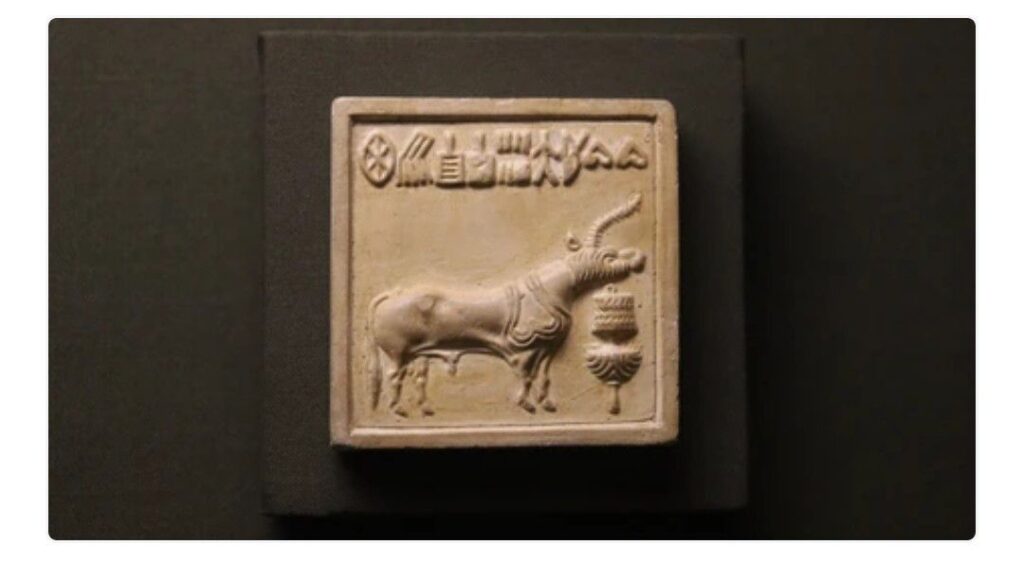
The world’s most famous historian V. A. Smith wrote in his book history of India in Hindi that the ancient people of India were quite advanced. Ram’s companions used to write about themselves in letters, these were in Pali language, Prakrit language, and Sanskrit language and many copper plates were found in the excavation of Mohenjodaro.
These copper plates are square and rectangular. In one of these, pictures of humans or animals have been made and in the other car articles have been written. No historian has yet been able to read the writings written on these tablets and that is why the oldest history of the Indus Valley civilization still remains a mystery.
Metallurgy

These people were very skilled in making different types of items from different types of metals. These people used to make jewelery by cutting precious gems. Jewelery was also made of gold, silver, copper etc. Various types of things were also made from conch and shells. It was also discovered during the excavation that a huge trade in gold was done in ancient cities like Mohenjodaro and Harappa. It was because of such cities that India was called the golden bird. Many such copper plates were found in Mohenjodaro which prove that this ancient city was not only grand, beautiful and quite prosperous but it was also quite advanced.
political life

The things found in the excavation have thrown very little light on the political life of the people of the Indus Valley. But it seems that there was one organization, one system and only one type of governance in the area of Indus Valley Civilization that extended to Sindhu, Punjab, Eastern Balochistan and Kathiawar. The biggest proof of this is that the same type of measurements and weights were prevalent in this entire region, the same type of buildings were constructed, the same type of sculptures were made and the same type of script was prevalent. Due to lack of means of transportation, this huge empire probably had two capitals, one at Harappa and the other at Mohenjodaro. The North and the South were to be ruled from these two centres.
Harappa was the capital of the Northern Empire and Mohenjodaro was the capital of the Southern Empire. Hindustan Pakistan, Bangladesh, Sri Lanka, Nepal, people of all these countries still worship the same language and mostly the same type of idols.
In the later history of India, it has been written in History of India in Hindi that the people of the descendants of this civilization later gave a new direction to the political unit of India. All the political units of India were around the Indus civilization where Sindh, Like Delhi, Assam, Bengal, Lahore, or Sirhind.
Were the inhabitants of Indus Valley Kol or Dravidian?

Resident-
Now it is necessary to consider who were the creators of the civilization described above? There is a big difference of opinion among scholars in this regard. Scholars believe that the creators of the Indus Valley Civilization were the same Aryans who had created the Vedic Civilization. But this opinion does not seem correct, because there is such a huge difference between the Indus Valley Civilization and the Vedic Civilization that people of the same caste cannot be the creators of both.
According to some scholars, the creators of the Indus Valley Civilization belonged to the Sumerian race. In the opinion of one scholar, the creator of the Indus Valley Civilization was the same Asura whose description is found in the Vedas. In the opinion of Prof. Ramlakhan Banerjee, the creators of the Indus Valley Civilization were the Dravidian people. Since the clay and stone utensils of the Dravidians of South India, and their jewelery resemble the utensils and jewelery of the Indus Valley people, this view seems more correct.
But the bones found in the excavation do not belong to any one caste, but according to the history of India, they belong to different castes. Therefore, some scholars have concluded that the builders of the Indus Valley were of mixed caste. This opinion seems most correct. Even in today’s modern era, India is a unique country in itself with many castes.
Indus Valley Civilization and Major Identity
Be it any civilization or any sultanate in history, its main identities are first explored. And this is what is discovered in the Indus Valley Civilization, under the history of India in English, the main identities of the Indus Valley are enumerated below in serial number.

(1) Religion -Bitheistic Civilization: The religion of the people of Indus Valley was bitheistic; along with the Supreme Man, they also worshiped the Supreme Woman

(2) Knowledge of the art of writing-
The inhabitants of the Indus Valley also had knowledge of the art of writing. Many seals of the Indus Valley Civilization have been found – although the script found on the seals has not been decided yet, but it can be said with certainty that through this They used to exchange ideas.

(3) Civilization related to other civilizations-
A very important feature of the Indus Valley civilization was that it was not a single civilization, rather it had a very close relationship with other civilizations of that time, because the people here were maintaining close relations with foreign countries.

(4) Worship of Mahadevi-During the excavation, such seals and sculptures have been found in which the picture of a standing woman is depicted. In the opinion of Sir John Marshall, this is the picture of Mahadevi, who was worshiped by the people of Indus Valley. This Mahadevi later became Shakti, whom Hindus worship today as Shakti.

(5) Nature worship -The people of Indus Valley also worshiped various types of natural objects. These people used to worship Sun and Fire. Water worship was also prevalent among these people. These people also considered some trees sacred, which they used to worship. The worship of Peepal and Tulsi is still prevalent among Hindus. Animal sculptures have also been found in the excavations. From this it has been inferred that these people used to worship animals also. Even today, Hindus consider the cow sacred and worship it.

Who knows, maybe even at that time people worshiped cows. No one has solid evidence for this. In today’s time, Indus Valley is known as Sindh River. Today it is in both Punjab and Pakistan. This is the oldest form of worship of cow in Hindu religion. Who knows, maybe in Indus Valley Civilization, cow was worshiped and later on, their descendants also kept the same tradition and then it first spread all over India.
History of India: From the above description it becomes clear that the seeds of present-day Hinduism were sown in the Indus Valley region about four thousand years before Christ. Due to this, Dr. Ramashankar Tripathi has written, “There are many such elements present in the popular Hindu religion of today which prove that the amazing continuity of Indian culture has remained through the ages.
Music and Art History of India

Music and art have a very old history all over the world. Since ancient times, people loved hearing and seeing it. From time to time, many artists and artists were born in both these arts. But India is very important in both these arts, whether it is the earlier period or the present day.
And this same art was also found among the people of Indus Valley. This is confirmed by R.K. under History of India. Mukherji identified some of the dholak marks, tabla marks, and harmonia marks found during the excavation.

(1) Dance and music art-The people of Indus Valley Civilization were also very skilled in dancing and singing. A statue of a dancer has been found in the excavation. The dancer’s body is naked, but many ornaments are made on it. The hair on the head of this idol has been beautifully styled. The small musical instruments found during the excavation also show that these people were interested in the art of music. Signs of tabla and drum have also been found in some places.

(2) Painting-The people of the Indus Valley Civilization were very skilled in the art of painting. The best paintings on seals are of bulls and buffaloes. The pictures of bulls are very lively and beautiful. She is considered the best painter till date in the history of India.
(3) Sculpture making- The people of Indus Valley were very adept at making statues. These sculptures were made by cutting soft stone and rock. The main features of these statues are that their cheek bones remain clear. Their neck is short, thick and strong and their eyes are thin and slanted.
(4) Art of making utensils-People of Indus Valley also knew the art of making pottery. Historians believe that gold and silver utensils might also have been made during that period because this is possible in civilizations like Mohenjodaro and Harappa.
Food and catering of Sindh province

This is revealed by the excavations of Mohenjodaro and Harappa in the Indus Valley Civilization. In ancient India, about 5000 years ago, the people of India were much more advanced than the rest of the world, their lifestyle and they had no dearth of money, gold and silver. It has been proved in the excavations of Mohenjodaro and Harappa that the ancient people of India used to consume fish, eggs, meat etc. and also used rice and wheat bread.
Historians believe that the people of Harappa and Mohenjodaro cities were Aryans. Under the ancient History of India, I have already talked about who Aryans are. Aryan people were very fond of eating and drinking.
Conclusion Indus Valley Civilization

From the above mentioned characteristics, it becomes clear that about five thousand years ago, in the lap of the Indus Valley Civilization and the river valley, such an advanced civilization had germinated, blossomed, blossomed and flourished, observing the excellence of which even today’s civilized country would be surprised. Let’s go.
How did you like this post on Indus Valley Civilization from History of India? You must tell us in the comment section. And share this post on Facebook, Twitter, Instagram, everywhere, so that all Indians know their history.
